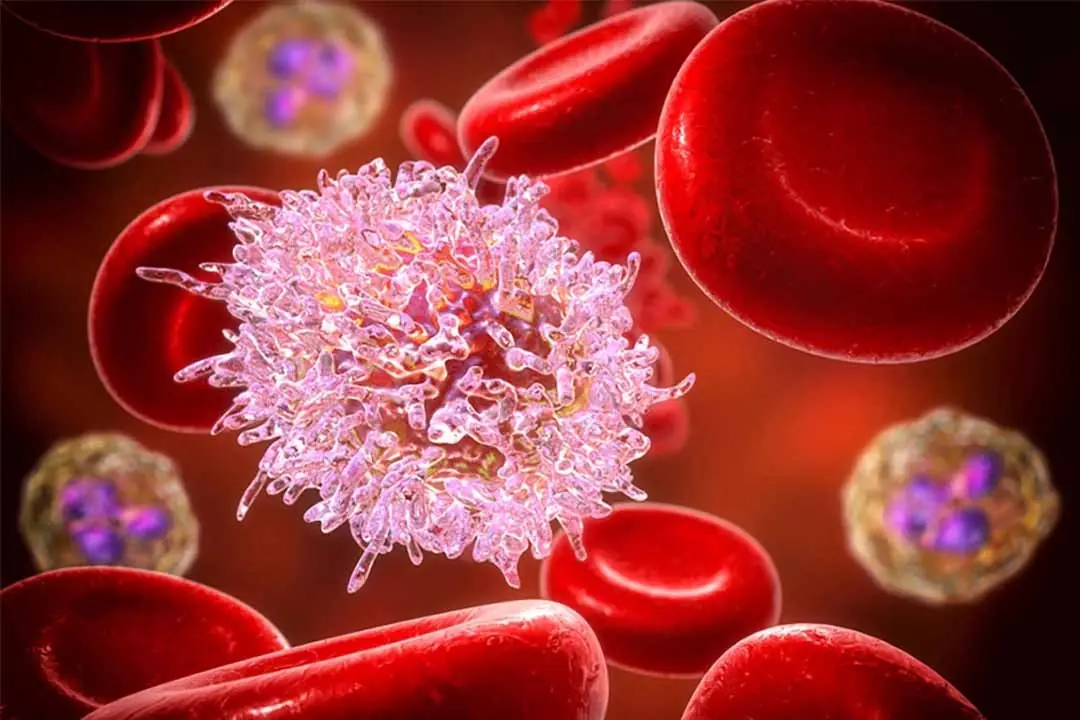
Official: The answer to the question "which came first, the chicken or the egg?"
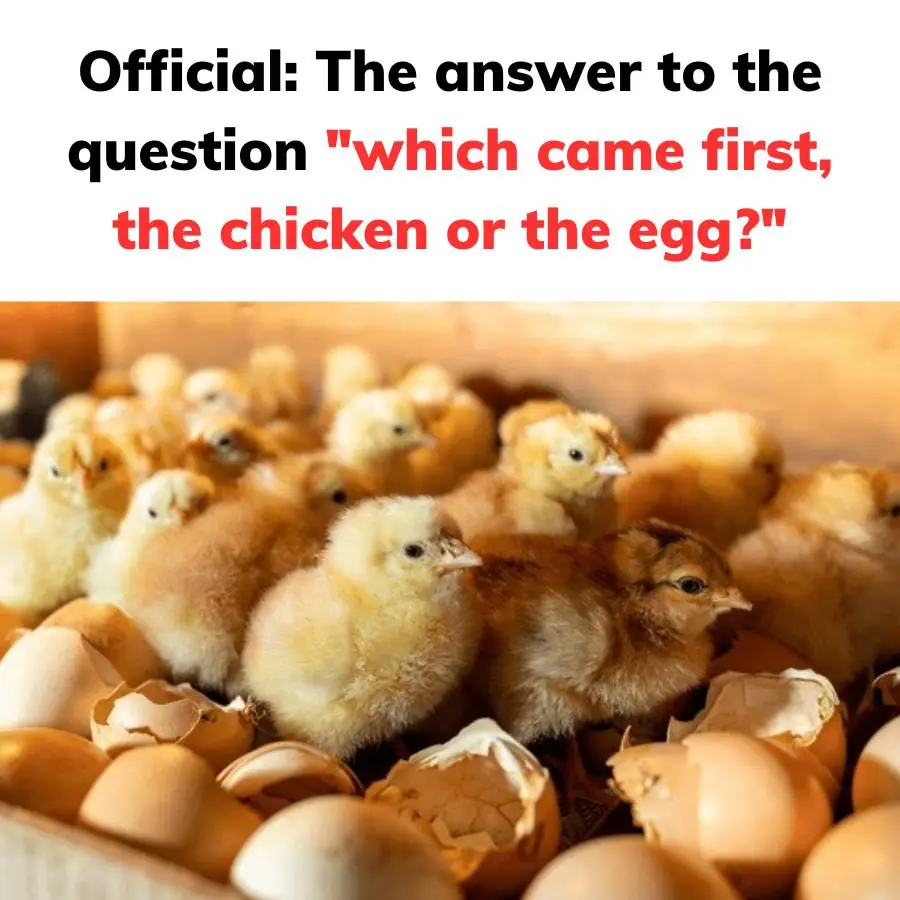
The age-old puzzle of "which came first, the chicken or the egg?" has been solved by scientists. A fossilized prehistoric creature discovered in 2017 has led experts to conclude that eggs appeared long before the first animals evolved, implying that they predate chickens.
Chromosphaera perkinsii, a single-celled organism found in Hawaii, was first identified at least a billion years ago and underwent cell division to produce what appeared to be the precursor to eggs.
Scientists from the University of Geneva discovered that the creature formed multicellular structures that bore striking similarities to animal embryos.
The findings, published in the journal Nature, suggest that eggs existed long before the first animals emerged. "Although Chromosphaera perkinsii is unicellular, this behavior suggests that multicellular differentiation and coordination were already occurring in this species long before the first animals appeared on Earth," said study lead author Omaya Dudin.
Single-celled life forms such as yeast or some bacteria also appeared on this planet long before multicellular organisms such as animals developed from a single egg cell into complex organisms.
This embryonic development follows very specific stages that are known to be very similar across animal species.
Researchers now suspect that this process occurred much earlier, dating back to the time before animals emerged. But exactly how the transition from single-celled to multicellular organisms occurred remains poorly understood.
In the new study, scientists assessed the ancestral life form C perkinsii, which diverged from the animal evolutionary lineage more than a billion years ago, and found important insights into the mechanisms behind the transition to multicellular life.
They found that when C perkinsii reached its maximum size, it divided without growing any further, forming multicellular colonies that resembled the early stages of an animal embryo. The colonies, which contained at least two distinct cell types, persisted for about a third of their lifespan, a phenomenon the researchers called “surprising” for this type of organism.
They say the way these populations divide into distinct three-dimensional structures is “strikingly reminiscent” of the earliest steps involved in embryonic development in animals.
Based on this discovery, the researchers say the genetic tools needed to “make eggs” existed long before nature “invented chickens” more than a billion years ago.
However, it is possible that the mechanisms behind multicellular development may have evolved separately in C perkinsii, and the researchers said they hope that further studies of the organism will reveal which case is more likely.
“It is fascinating that a recently discovered species allows us to go back more than a billion years in time,” said Marine Olivetta, another author of the study.
News in the same category


Most People Have No Idea What The Lines On Bath Towels Actually Mean

Why Charging Your Phone To 100% Could Be Harming Its Battery Life

FBI Declassified 1,427 Secret Files On Einstein—Internet Reacts

The Volume Buttons On Your Iphone Has Many Hidden Functions

Here’s Why You Shouldn’t Sleep With A Fan At Night

If You See A Woman Wearing A Wedding Ring On Her Pinky Finger Here’s What It Means

What’s The Purpose Of The Fabric Strip Across Hotel Beds
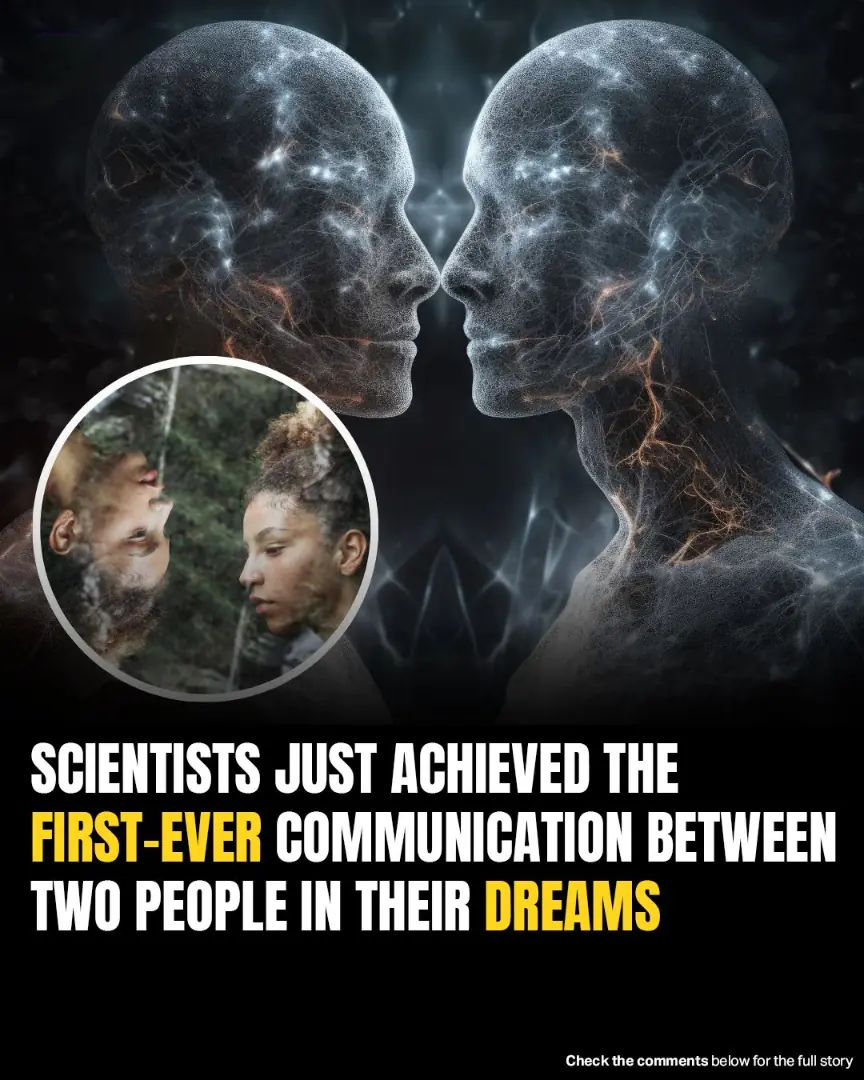
Scientists Achieve First Dream-To-Dream Communication Using Brain Waves

Who Would You Give Your Seat to on the Bus? Your Answer Reveals Personality Insights

Here’s Why Cabin Crew Sits On Their Hands During Take Off and Landing

Surprising Reasons Why You Should Spread Salt
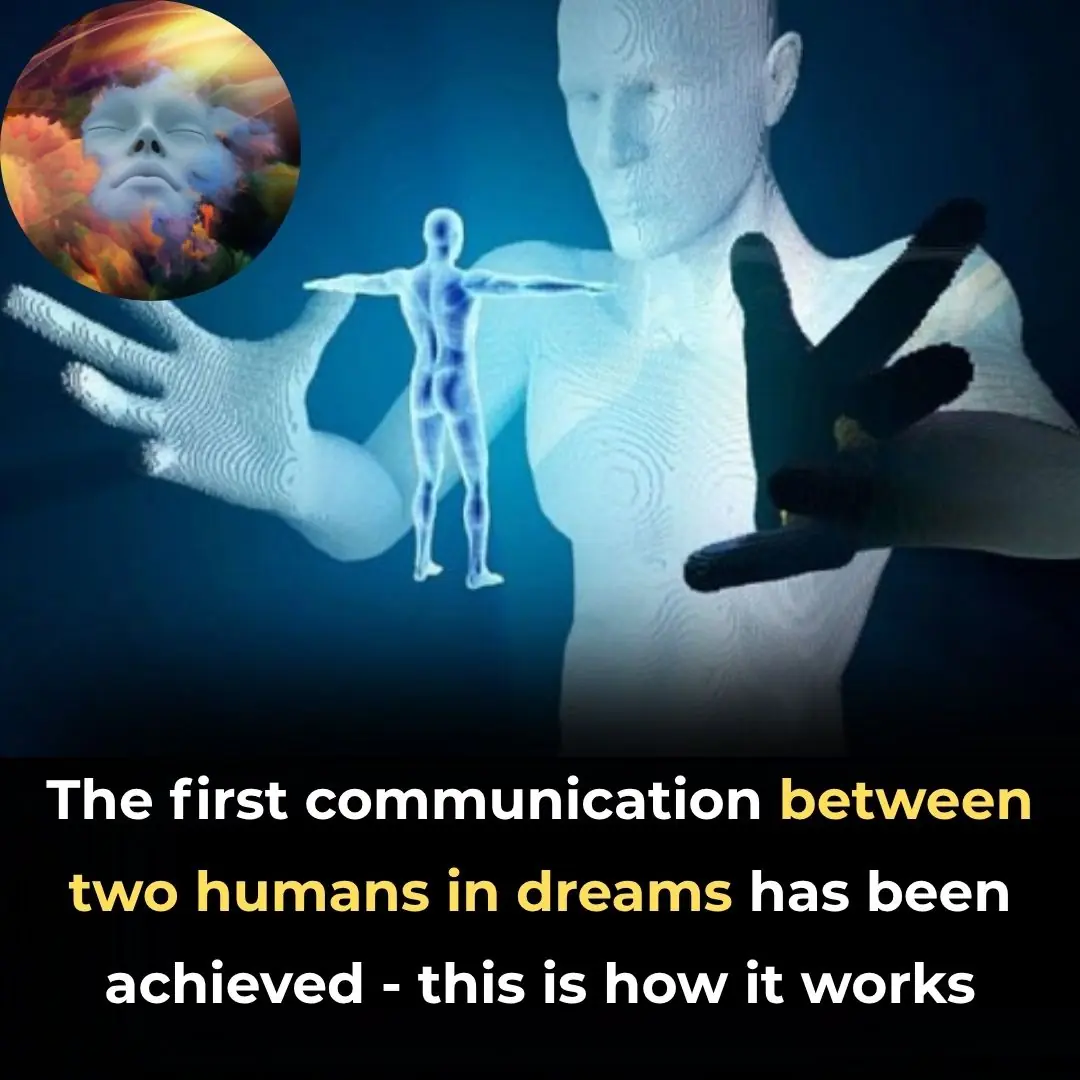
The First Communication Between Two Humans in Dreams Has Been Achieved – This Is How It Works

AI Is Set to Replace 41% of Jobs in the Next Five Years

Study Reveals: Your Body Remembers Trauma, Even After the Mind Has Let Go

Man Sentenced After Stowing Away On 120 Flights By Masquerading As Flight Attendant

People Stunned After Learning The True Meaning Behind ‘SOS’ — It’s Not What You Think

Tourists Panic As ‘New Baba Vanga’ Warns Of Disaster Coming In Just ONE Month

The “Small Round Hole” On The Nail Clipper Has Special And Powerful Uses, And I Had No Idea
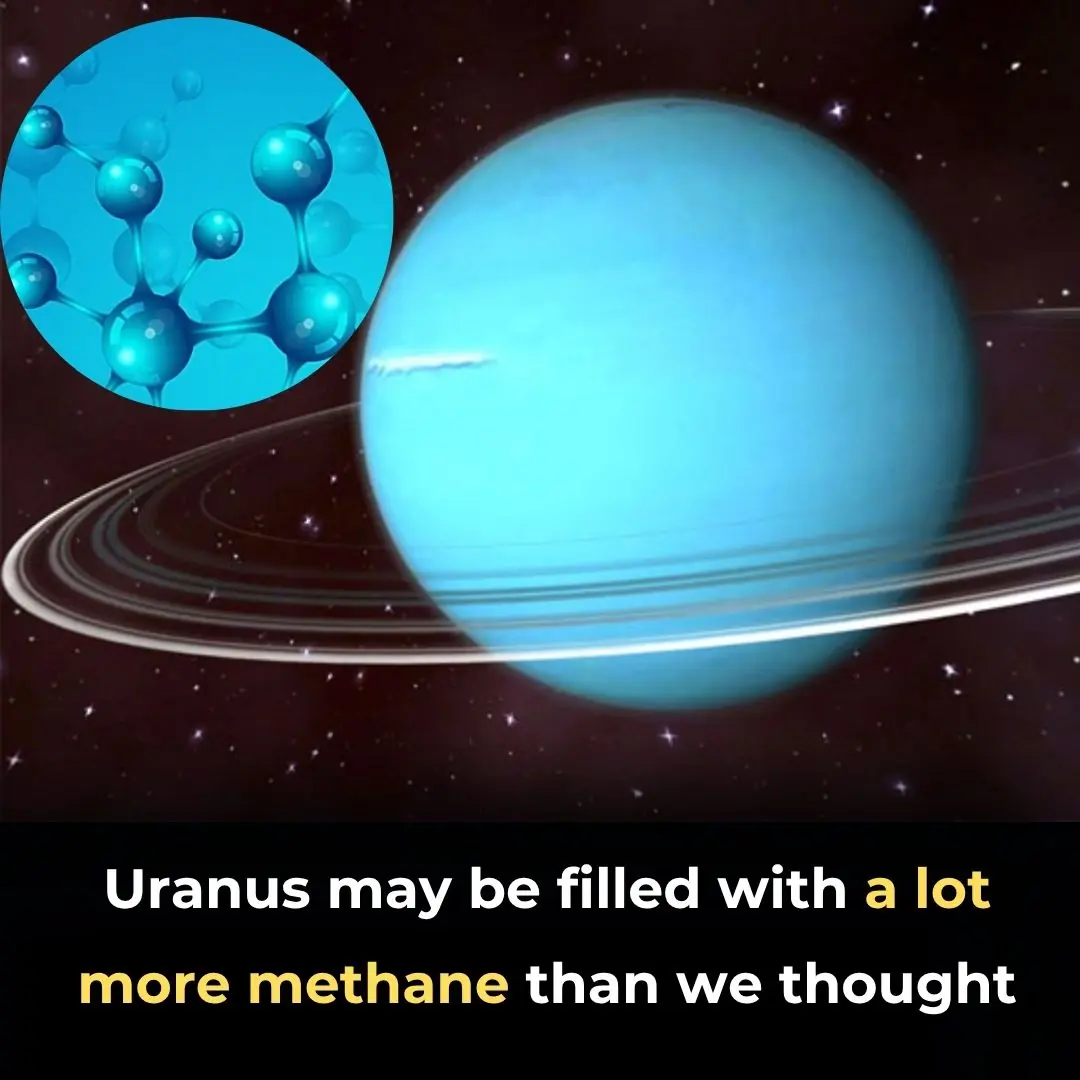
Uranus May Be Filled With A Lot More Methane Than We Thought
News Post

Chlorophyll Water Recipe: A Natural Elixir for Wrinkle-Free, Glowing Skin at Any Age
Make this chlorophyll water a part of your daily skincare routine, and watch your skin transform.

DIY Korean Rice Face Cream: A Natural Anti-Aging Solution for Wrinkle-Free, Glowing Skin
The homemade Korean rice face cream is a simple, affordable, and effective solution to combat wrinkles, brighten skin tone, and promote skin elasticity.

The Best Natural Remedy to Reverse Gray Hair: A Simple DIY Solution for Healthy, Vibrant Locks
Say goodbye to harsh chemicals and embrace the power of natural ingredients to restore and rejuvenate your hair, leaving it vibrant, thick, and full of life.

5-Year-Old Girl Dies from Late-Stage Cancer — A Wake-Up Call for All Parents

2-Step Korean-Inspired Glowup Routine: Achieve Radiant, Youthful Glass Skin At Home
The combination of rice, flaxseed, and other nourishing ingredients offers numerous benefits, from boosting hydration to fighting free radicals and improving skin texture. Follow this routine consistently, and you’ll be on your way to achieving the cove

DIY Flaxseed Gel & Okra Hair Gel for Natural Hair Growth and Frizz-Free Shine
By incorporating these DIY treatments into your routine, you can achieve healthier, shinier, and fuller hair—without relying on harsh chemicals or expensive products.

5 Powerful Vaseline Remedies for Anti-Aging: DIY Treatments to Achieve Youthful, Radiant Skin Naturally
By using these DIY recipes consistently, you can enjoy smoother, firmer, and more youthful skin, without the need for expensive creams and treatments.

The Ultimate Skincare Detox Water Therapy: Boost Your Glow, Clear Acne, and Hydrate Naturally
By incorporating these detox water recipes into your daily routine, you can achieve glowing, clear, and hydrated skin.

Homemade Collagen Powder Recipe for Glowing Skin & Thicker Hair: Superfood Elixir for Ultimate Beauty
By incorporating this DIY collagen powder into your daily routine, you can improve the health and appearance of both your skin and hair.

10 Powerful Vaseline Uses for Skin, Lips, and Hair: The Ultimate Beauty Multitasker
From treating dry skin and cracked heels to promoting eyelash growth and reducing wrinkles, Vaseline is a true multitasker. Its moisturizing and healing properties make it an indispensable addition to your beauty routine.

Power of Coffee and Garlic: DIY Hair Oil to Stop Hair Loss and Double Your Hair Growth
This potent blend of coffee, garlic, and nourishing oils works to stimulate hair follicles, improve scalp health, and promote overall hair growth.

The Ultimate Guide to Promoting Long, Healthy Hair: Two Powerful DIY Serums and Masks Using Fenugreek and Hibiscus
With consistent use of these DIY hair serums and masks, you can enjoy healthier, thicker, and shinier hair naturally, without the need for chemical-laden products.

Scientists Reveal Genetic, Brain And Trauma Link Behind Hoarding Disorder

Most People Have No Idea What The Lines On Bath Towels Actually Mean

Why Charging Your Phone To 100% Could Be Harming Its Battery Life

FBI Declassified 1,427 Secret Files On Einstein—Internet Reacts

The Volume Buttons On Your Iphone Has Many Hidden Functions

If Your Tongue Is Yellow, Be Cautious of These 5 Diseases
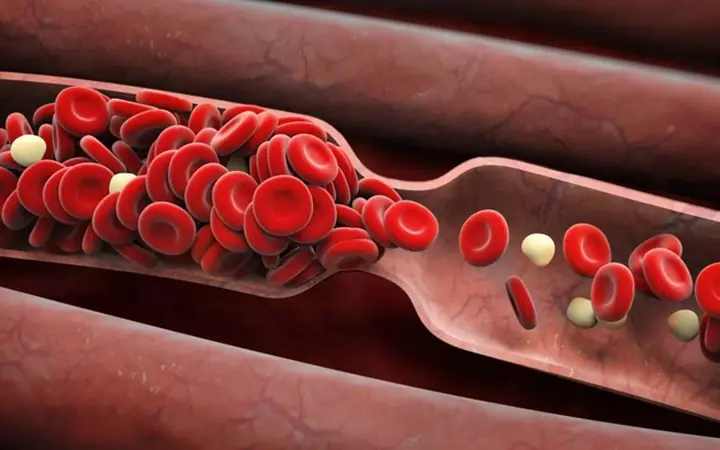
The Main Cause of Blood Clots Discovered – 10 Times Worse Than Fat!
